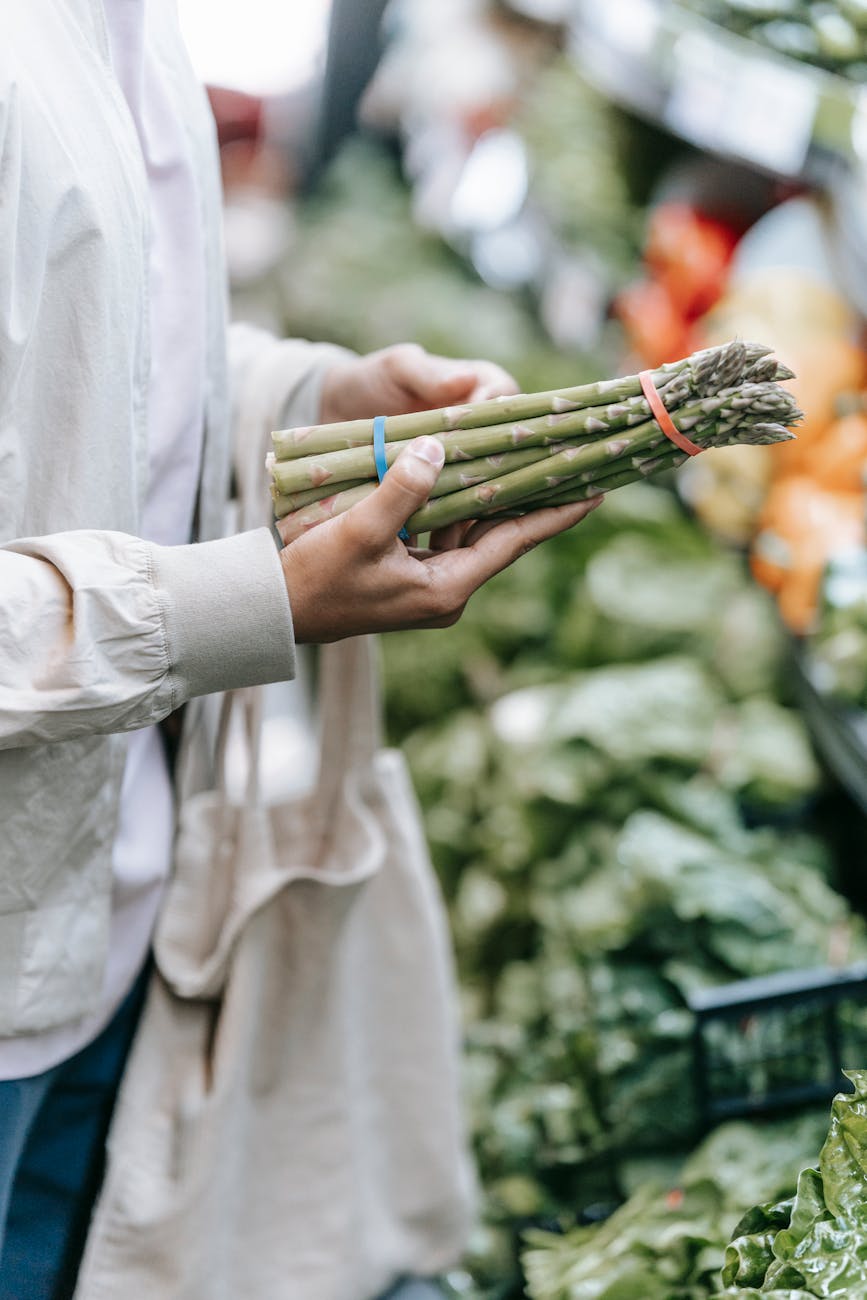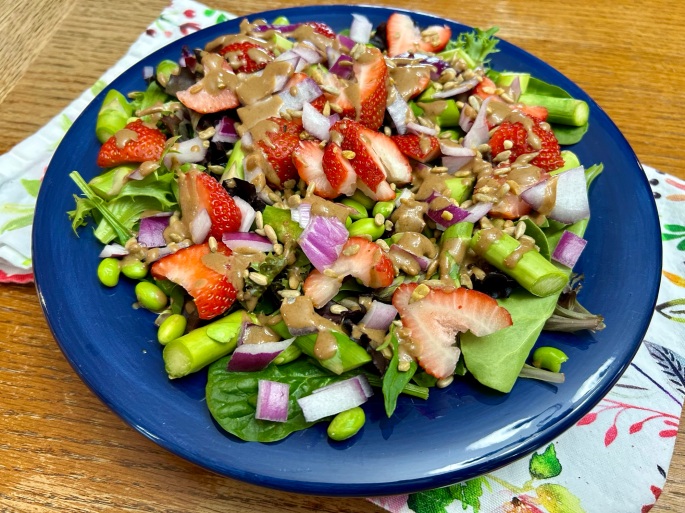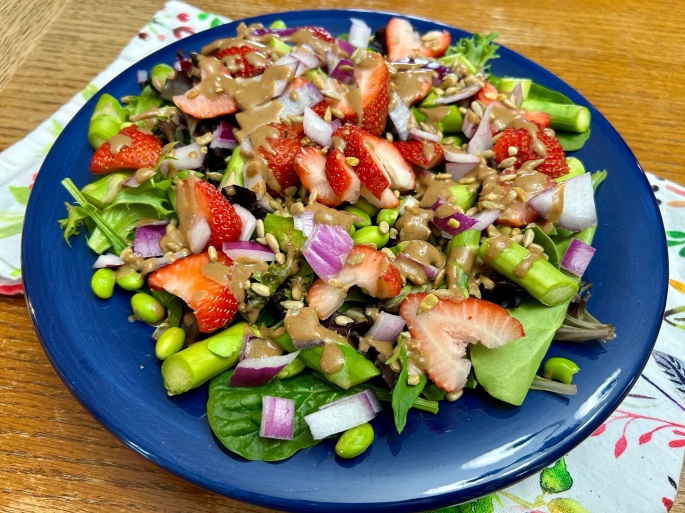The greatest weapon against stress is our ability to choose one thought over another.”–William James

The challenge of work-life balance⚖️
It is not uncommon to engage in conversations centering around stress. Attempting to balance the demands of work and life can be challenging. The combination of long work hours, while also juggling the needs of family, make it difficult to have time to do the things that would otherwise relieve stress, such as regular exercise, outings with friends, or even a relaxing soak in the tub.
When stress ramps up, there is a chain-reaction in our bodies. According to Harvard School of Public Health, when stress is high, the body’s demand for oxygen and energy increases, which in turn increases the demand for key nutrients. Simultaneously, stress causes the body to eliminate other vital nutrients. This can take a toll on the body’s immune system.
As the chain reaction of stress continues, hormones become affected. If the stress is acute, the body will secrete adrenaline, which suppresses appetite. However, when the stress becomes more chronic, cortisol levels begin to rise, instigating food cravings. Cortisol tends to create cravings for foods that are typically considered “comfort foods,” full of sugar, salt, and fat. Unfortunately, if cortisol stays elevated, the chain reaction continues to wreak havoc upon our bodies, and this often influences our coping strategies.

The body’s stress response 😰
Chronic high stress time periods, depletes the body of energy and can often reduce time available for decompression. This can inhibit the desire to prepare healthy, nutritious meals. Sometimes, chronic stress causes us to skip meals. The downside to skipping meals is that, as the cortisol levels rise, once there is an opportunity to eat, we tend to reach for those comfort foods that will not replenish the body’s stores of diminished nutrients.
Therefore, how we respond to stress matters. With some situations, we can identify upcoming stressful time periods before they begin, and thus, we can be more proactive. However, that isn’t always the case. Nonetheless, there are a few basic guidelines, according to The University of North Carolina at Chapel Hill that are worth remembering.

Tips for eating during times of stress 😣
- Keep nutrient-dense grab-and-go snacks on hand at all times. Foods like baby carrots, celery sticks, hummus cups, guacamole cups, apples, oranges, bananas, popcorn, almonds, walnuts, pistachios, low-sugar yogurt, low-sugar granola, low-sugar oatmeal packets, whole-grain crackers and so forth.
- Eat at regular intervals when possible. This will keep blood sugar stable, and keep the brain, which needs glucose, working at its best.
- Eat high-fiber foods. Foods, such as fruits, vegetables, nuts, seeds, beans, oatmeal, and other whole grains, have been shown to decrease perceived stress levels and increase alertness.
- Focus on eating fruits and vegetables, especially leafy greens, whenever possible. These foods are filled with the vitamins and minerals your body needs to neutralize the harmful molecules our bodies produce when under stress.
- Foods rich in unsaturated fat also help. Think walnuts, flax seeds, chia seeds, and fish oil to name a few. These foods are associated with increased brain function; however, deficiencies in fatty acids can result in depression and/or anxiety.
- Be mindful of caffeine and/or alcohol intake. Both of these can disrupt sleep, which the body desperately needs during times of stress. Additionally, both can increase blood pressure, which can increase feelings of anxiety.
- Ensure your body is getting enough quality sleep. Getting enough sleep allows the body to reduce cortisol levels and other stress hormones, increasing the chances of remaining calmer in the face of stress.
- Employ constructive coping strategies. Whether it is talking to a trusted friend or therapist, journaling, meditating, asking for help, or going for a walk–developing positive coping skills is a lifetime skill set.

The reality of stress 😩
Stress is reality at different points in our lives. While we cannot control when it will arise, we can control our response to it. It is easy and understandable to seek comfort during times of stress. However, when those sources of comfort become unhealthy coping mechanisms, such as over- or undereating, drinking alcohol in excess, going without sleep, and so forth, we risk using short-sighted solutions that could lead to developing long-term problems, creating even more stress.

Stress less smoothie 🍓
Below is my newest smoothie creation. It is full of nutrient-rich foods that are high in fiber. Some of the ingredients may cause you to raise an eye-brow in wonder, but I promise, it does taste great. That said, feel free to adjust, add to, or eliminate ingredients that don’t suit your palate or dietary needs.
This recipe can be made ahead of time and frozen into individual servings. They will stay fresh in the freezer for up to three months. Then, whenever faced with a stressful day, take one smoothie out the night before, set it in the fridge to thaw, and then it’s grab-and-go convenience for the next workday. Sip on it through a lunch meeting, or if more time is available, pour it into a bowl and sprinkle on favorite fruit and nut/seed toppings, along with a bit of granola.
I can’t promise that this recipe will change the stress around you. However, it does provide a powerful nutritional punch to help stave off the effects of stress, and offers one less thing to worry about. Plus, it feels good knowing that if everything else goes wrong in the day, at least one small part of your day was stress-free.
Cheers to one less thing to stress about!

Berry Stress Less Smoothie
Nutrient dense, stress combating meal replacement
Ingredients:
2 cup spinach, riced cauliflower, or kale (can be frozen)
½ cup strawberries, frozen
½ cup raspberries, frozen
½ cup cherries, frozen
1 apple
½ cup lentils
1 parsnips
2 tablespoon flax, chia seeds, or hemp seeds (or combination of any two)
2 tablespoons goji berries, OR 2 medjool dates, OR 2 prunes, optional
2 tablespoons cocoa or cacao powder, optional
2 scoops protein powder, optional
1 cup beet juice (can use pomegranate or cherry juice or simply use water)
1 cup milk plant or dairy based variation)
½-1 cup of water, if too thick
Directions:
Put all ingredients in high powered blender
Blend until creamy and smooth
Makes 2 large servings






































































